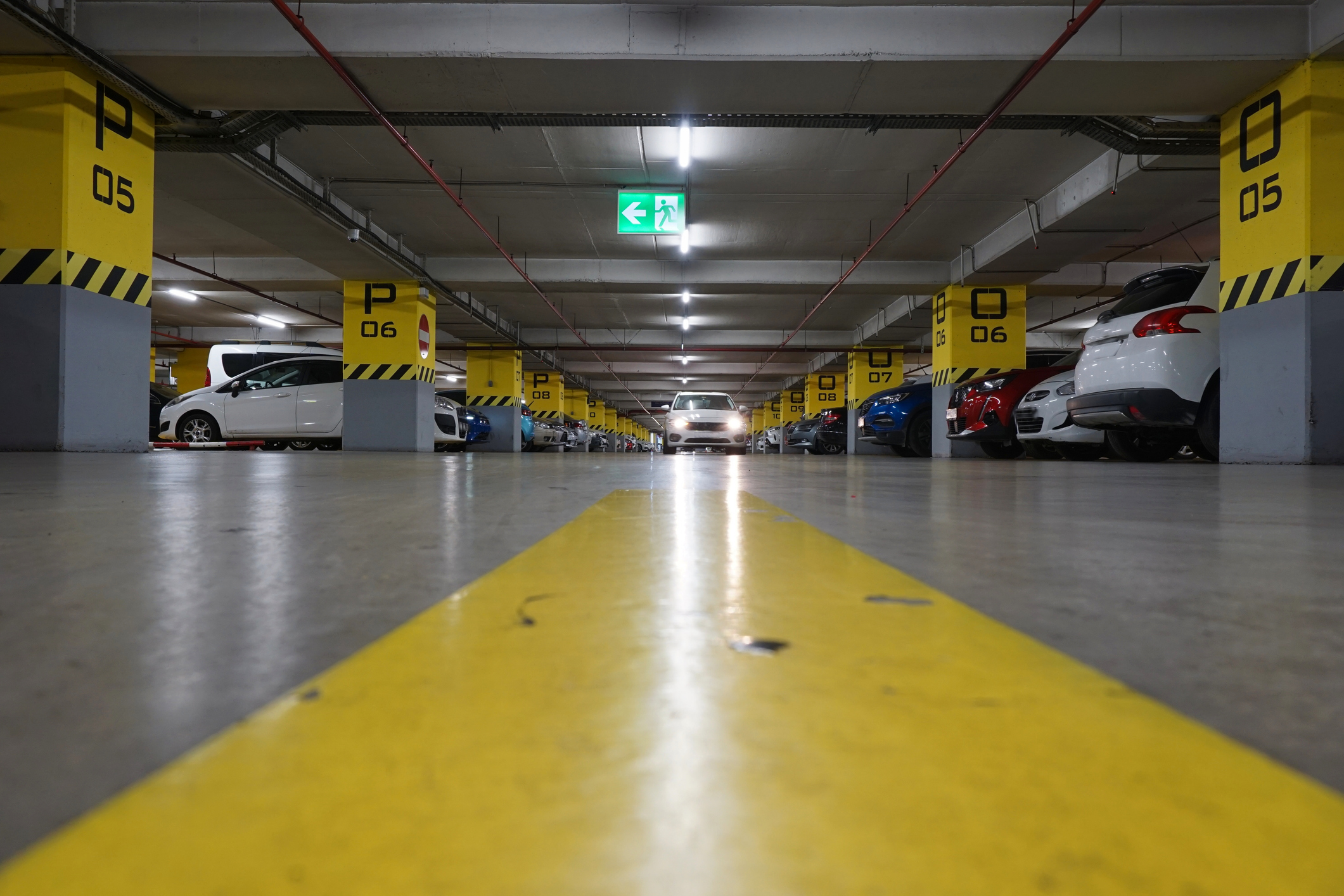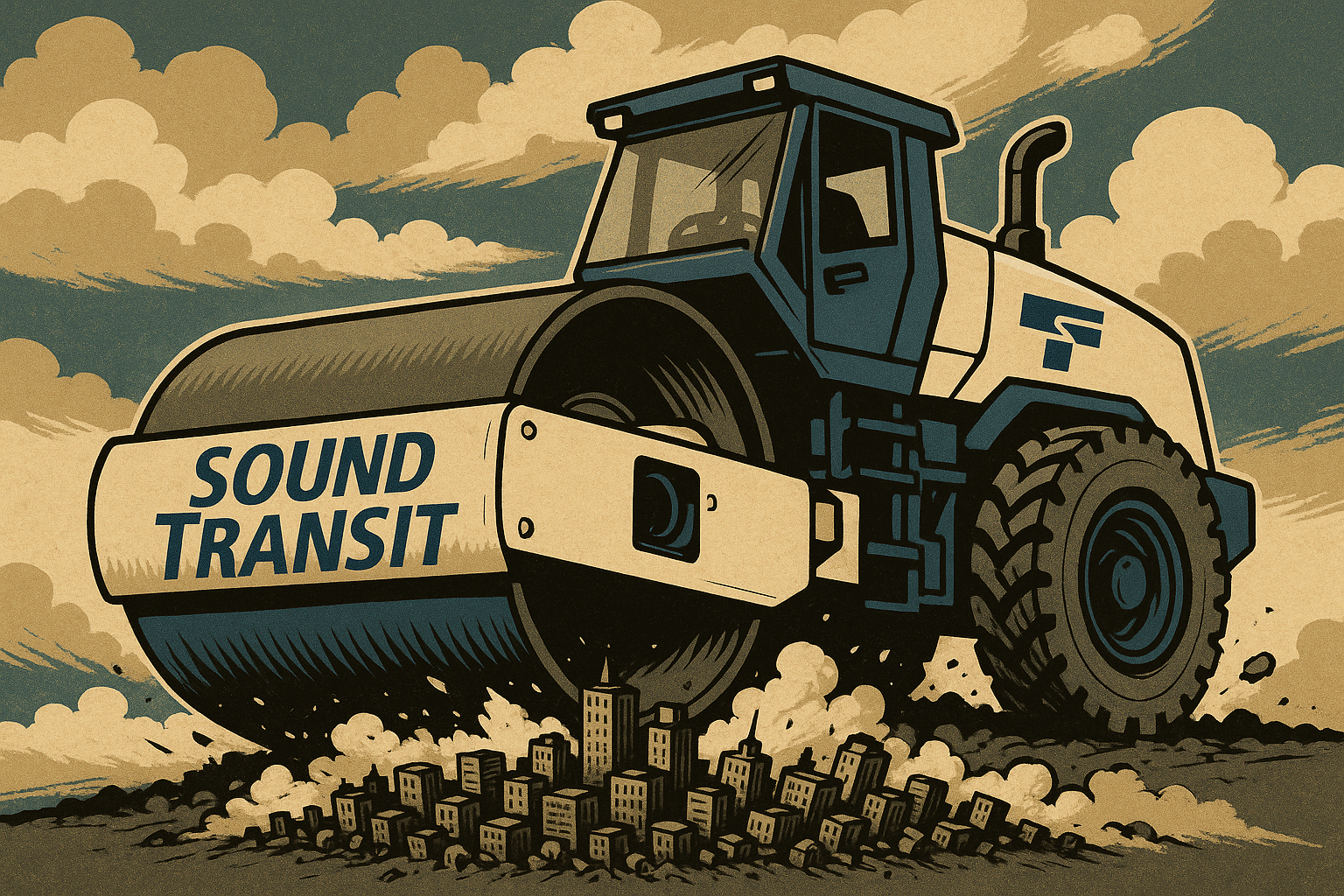Related Articles
Relevant Topics
The Seattle Times recently ran a story about Sound Transit’s plans to spend $350 million to build parking structures at three commuter rail stations (Auburn, Kent and Sumner). The math works out to about $235,000 per stall. There was a time not that long ago when you could buy a house in South King County for that price, but now apparently it only buys one parking space.
Parking has always been a sticky issue for Sound Transit. On one hand, free parking at stations has been an effective way to increase access to their service. On the other hand, Sound Transit has tended to view cars as the enemy, and they have had board members who opposed providing parking at stations or anything else that might make it easier to drive.
The planned parking structures may have seemed like a good idea in 2008 when they were added to the ST2 plan, but over the last fifteen years the price has more than doubled and much has changed. It’s no longer obvious spending $350 million for parking garages is a good investment.
One of the biggest changes has been the decline in transit ridership. It’s no secret there was a steep drop-off in ridership during the COVID pandemic. In 2022 Sounder ridership was 70% below pre-COVID levels (see table below). To be fair, ridership has rebounded a bit from the COVID lows in 2021, but demand is still very weak. No doubt Sound Transit and the rail cheerleaders would prefer to extrapolate off a low baseline, but the data also shows that Sounder ridership peaked in 2018, more than a year before COVID hit, and productivity (riders per vehicle service hour) has been trending downward since 2016. The ridership trend raises the question of whether an additional 1,500 parking stalls will be needed in the foreseeable future.
If parking was scarce there might be an argument for providing more parking capacity, but in fact, parking for more than 6,000 cars is already provided at Sounder stations and nearly all of those parking lots now have surplus capacity. That wasn’t always the case. A dozen years ago ridership on Sounder was growing and spill-over parking was becoming a problem on city streets. This created a dilemma for the communities with Sounder stations. They didn’t like their city centers clogged with commuter parking, but they also realized that parking garages are dead-zones that don’t generate foot traffic or local tax revenue. Now that parking demand has decreased the cities may be asking themselves whether big parking garages are really the best use of developable property in their downtowns.
Under the circumstance most government agencies would think twice about spending $350 million for parking garages that may not be needed anytime soon (or ever), but Sound Transit is an agency with very deep pockets. It only takes them two months to rake in $350 million in tax revenue, and they finished 2021 with more than $2.5 billion in the bank, so it’s not a question of whether they can afford it. The better question, which Sound Transit doesn’t seem interested in asking, is whether there are more effective ways to use those funds.
| Sounder annual boardings | Boardings per vehicle hour | Operating cost per boarding
|
2016
| 4,340,872 | 72.75 | $10.30 |
2017 | 4,494,023
| 69.53 | $10.24 |
2018 | 4,634,210
| 61.10 | $11.28 |
2019 | 4,577,620
| 60.98 | $12.33 |
2020 | 1,265,882
| 24.97 | $42.93 |
2021 | 734,481
| 14.10 | $84.86 |
2022 | 1,381,903
|
|
|
Sources: The National Transit Database and the WSDOT Annual Summary of Public




